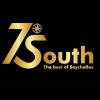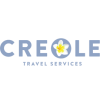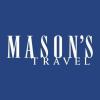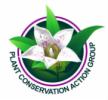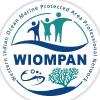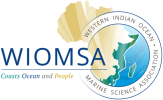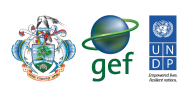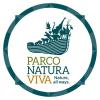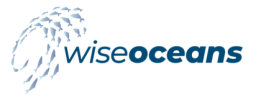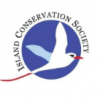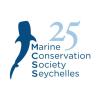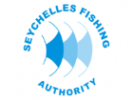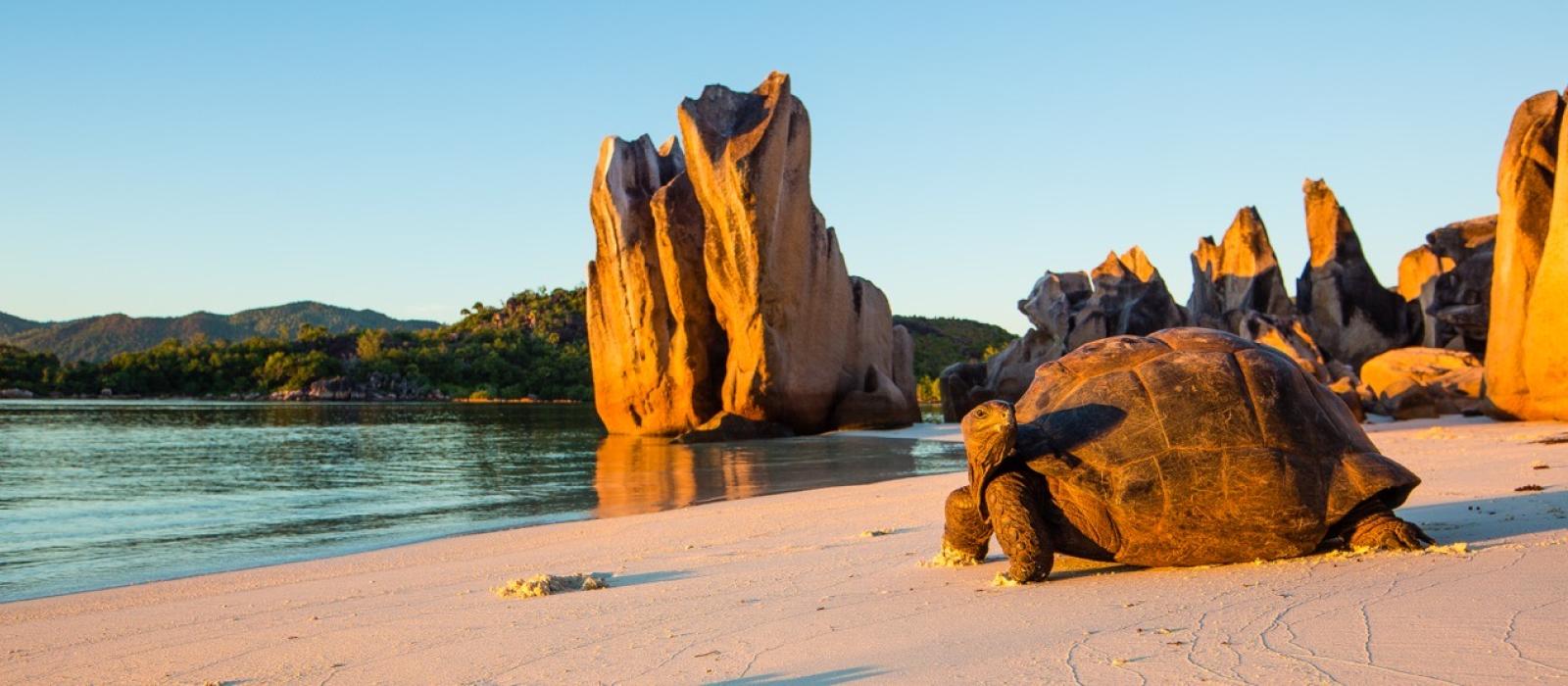
Curieuse

Curieuse
A sanctuary for flora and fauna, Curieuse Marine National Park, designated on the 11th June 1979, brings you as close to nature as anyone could wish. On this relatively small island there is an intriguing and unique biodiversity. Curieuse is home to a significant collection of Seychelles' endemic species, from Giant Tortoises introduced from Aldabra and endemic birds, to the world’s biggest nut, the legendary Coco de Mer. The island is the only other place, apart from Praslin, where the Coco de Mer Palm grows naturally.
Visitors to this paradise are offered an array of outdoor experiences. One can follow the nature trails, which includes Baie Laraie to Anse Jose, the Anse Badamier Trail and the seasonal and controlled Nesting Sea Turtle Trail between October to early March (Trail Fee: SCR150). Additionally, visitors can undertake bird watching of both land birds and sea birds, barbeques, snorkeling and diving. Visitors who follow the marked trail around the island soon discover the full extent of its natural treasures.
One of the most interesting areas of the island is the mangrove swamp bordering Baie Laraie. Here, six of the seven species of mangroves known to Seychelles are found. A boardwalk built on piling goes through the swamp, allowing visitors to access the mangrove habitat even at high tide.
Curieuse is home to hundreds of Giant Tortoises which were introduced between 1978 and 1982. As part of the Conservation Program, there is a Tortoise Nursery on the island, where tortoises are nurtured until they are five years old, when they are released into the wild.
The Island is regularly visited by nesting sea turtles, which return each year to lay their eggs on the beaches. During the nesting period, a large number of small turtles can be seen outside the remains of the causeway at Baie Laraie. The causeway was built in 1910, when Curieuse was administered by private individuals. A seawall was built across Baie Laraie, forming a 40-acre pond in which Hawksbill Turtles were reared. Lack of success led to abandonment of the project, leaving behind the causeway that was used by visitors to traverse from Baie Laraie on one side to Anse Jose on the other. Parts of the wall has since been lost, as a result of the December 2004 tsunami.
Curieuse Island has in the past been used as a place to quarantine leprosy sufferers, for almost a hundred years. Today, the ruins of the Leprosarium still stands on the shores of Anse Jose. The old Doctor's House, built in 1873 by Dr. William MacGregor, at Anse Jose, is now closed for renovation. It however served as a National Museum and was converted into an Education and Information Centre. It provided extensive information about the islands' long and sometimes sad and painful history. Through its various displays, it educated visitors about the island's vast variety of flora and fauna.
Much of the west coast between Caiman and the Doctors House is dominated by coastal trees and shrubs, behind which is native plants dominated by Takamaka trees. The island supports a variety of endemic flora. The very eroded red soil of the dry forest on the central hill of the island, supports sparse shrubs and palms, rich in endemic species, for example the Coco de Mer (Lodoicea maldivica) which is found on the rocky slope of the island, and the Bwa Kasan bor-d-mer (G. speciosa). Richer endemic species such as Lalyann dile (Secamore schimperiana) found naturally only on Curieuse, grows in the intermediate forest, between the lowland forest and the summit.
A visit to the island will not be complete without admiring the coral reef life. A dive at the Coral Gardens and Pointe Rouge of Curieuse will ensure an encounter with a number of spectacular marine species. The island has spectacular granite formations, with surfaces sculpted over millions of years. Be impressed by the red and blue granite and range of granite edifices that form natural archways around the coast.
Just a 5-minute boat ride from Curieuse Island is St. Pierre Islet, which offers wonderful snorkeling and diving experiences. Should one care to venture ashore, be sure to encounter the Wright skinks as well as a number of sea birds.
For visitors fascinated by the marvellous Coco de Mer, the Coco Curieuse Boutique found at Baie Laraie is not to be missed during your visit. Here, you may choose from a wide selection of nuts, as the perfect souvenir.
How to get there
The island of Curieuse lies approximately 2 km off the northeast coast of Praslin, the second largest island in the Seychelles group. The present boundaries of the Curieuse MNP enclose the whole of Curieuse and the entire channel between Curieuse and Praslin including St. Pierre and Chauve Souris. The shoreline of Praslin forms the southern boundary of the park.
A 20 minute boat ride from Cote’ D’or Praslin to Curieuse can be arranged through local tour operators or boat charters.
Browse our Curieuse Marine National Park leaflet for more information.



















